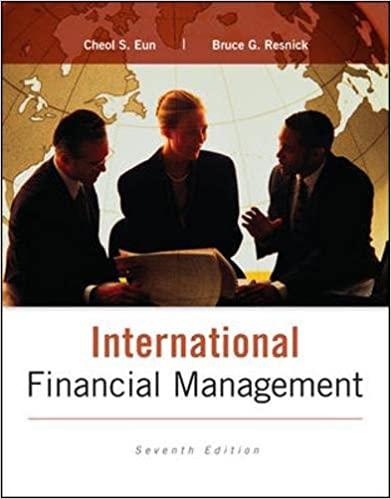Portfolio return and beta Personal Finance Problem Jamie Peters invested $112,000 to set up the following portfolio one year ago a. Calculate the portfolio beta on the basis of the original cost figures. b. Calculate the percentage return of each asset in the portfolio for the year. c. Calculate the percentage return of the portfolio on the basis of original cost, using income and gains during the year. d. At the time Jamie made his investments, investors were estimating that the market return for the coming year would be 11%. The estimate of the risk-free rate of return averaged 3% for the coming year. Calculate an expected rate of return for each stock on the basis of its beta and the expectations of market and risk-free returns e. On the basis of the actual results, explain how each stock in the portfolio performed differently relative to those CAPM-generated expectations of performance What factors could explain these differences? a. The portfolio beta on the basis of the original cost figures is 1.12). (Round to two decimal places.) b. The percentage return for asset A for the year is 3,93%. (Round to two decimal places.) The percentage return for asset B for the year is 6.97% (Round to two decimal places.) The percentage return for asset for the year is 17.11% (Round to two decimal places.) The percentage return for asset D for the year is 5.96%. (Round to two decimal places.) 6. The percentage return of the portfolio on the basis of original cost, using income and gains during the year is 0% (Round to two decimal places.) d. At the time Jamie made his investments, investors were estimating that the market return for the coming year would be 11% and the estimate of the risk-free rate of return averaged 3% for the coming year. The expected rate of return for asset Ais (% (Round to two decimal places.) The expected rate of return for asset Bis II % (Round to two decimal places.) The expected rate of return for asset C is I%, (Round to two decimal places.) The expected rate of return for assot Dis % (Round to two decimal places.) e. What factors could explain the differences between the actual returns of the assets and the CAPM expected returns? (Select the best answer below.) O A. Any underperformance could be due to any unsystematic factor which would have caused the firm to not do as well as expected. OB. The firm's characteristics may have changed such that the bata at the time of the purchase either overstated or understated the true value of beta that existed during that year. OC. The beta, as a single measure, may not capture all the systematic factors that cause the expected return OD. All of the above. for the coming year. Calculate an expected rate of return for each stock on the basis of its beta and the expectations of me actual results, explain how each stock in the portfolio performe erently relative to those CAPM-generated expectation plain these differences? on the basis of the original cost figures is 1.12. (Round to two decimes.) eturn for asset A for the year is 3.93% (Round to two decimal places.) m for asset B for the year is 6.97%. (Round to two decimal places.) ar for asset for the year is 17.11 %. (Round to two decimal places.) - X Data Table retu al ple nate iem aged (Click on the icon located on the top-right comer of the data table below in order to copy its contents into a spreadsheet.) ofre of re Asset A B D Cost $28,000 $33,000 $38.000 $13,000 Beta at purchase 0.77 0.98 1.44 1.28 Yearly income $1,100 $1,300 $0 $275 Value today $28,000 $34,000 $44,500 $13,500 of re ofre Print ould Done swer performance could be due to any unsystematic factor which would have caused the firm to not do as well as expected. s characteristics may have changed such that the beta at the time of the purchase either overstated or understated the true value of uring that year. , as a single measure, may not capture all the systematic factors that cause the expected retur. above your answer(s)








